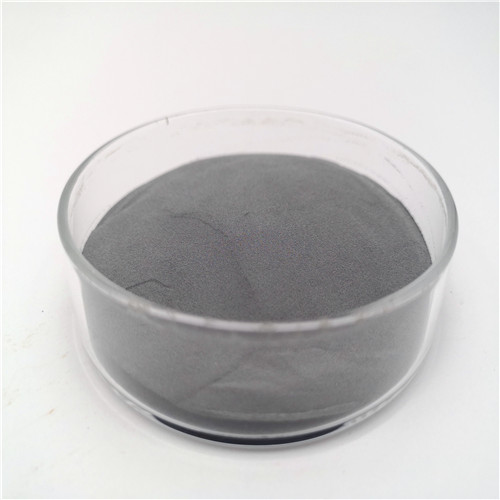As an emerging manufacturing technology, 3D printing has developed rapidly in recent years. However, for the industrial metal 3D printing field, powder consumables are still one of the important factors restricting the large-scale application of this technology. At present, no industry standards or national standards such as metal 3D printing material standards, process specifications, and parts performance standards have been formulated. Generally, the evaluation indicators for metal powder mainly include chemical composition, particle size distribution, powder sphericity, fluidity, and bulk density. Among them, chemical composition and particle size distribution are commonly used indicators for evaluating the quality of metal powder in the field of metal 3D printing, and sphericity, fluidity, and loose density can be used as reference indicators for evaluating quality.
At present, the most widely used methods for detecting the chemical composition of metals are chemical analysis and spectroscopy. Chemical analysis is the use of chemical reactions to determine the composition of metals, which can achieve qualitative and quantitative analysis of the chemical composition of metals; spectral analysis is the use of various elements in metals that produce their own unique characteristics under high temperature and high energy excitation Spectroscopy is used to determine the chemical composition and approximate content of metals, and is generally used for qualitative analysis of the chemical composition of metals. The above two methods must use professional testing equipment and be completed by the personnel of professional testing institutions.
The particle size distribution of the metal powder can be analyzed by a laser particle size analyzer. The particle size range of powders commonly used in metal 3D printing is 15~53μm (fine powder) and 53~105μm (coarse powder). This particle size range is divided according to metal printers with different energy sources. Printers with lasers as energy sources have a fine focus spot and are easier to melt fine powder. It is suitable to use 15~53μm powder as consumables because it is within this particle size range. The powder has good fluidity and is easy to dissolve. The powder replenishment method is to spread the powder layer by layer; the printer with plasma beam as the energy source has a slightly coarse focus spot, which is more suitable for melting coarse powder, suitable for 53~105μm The powder is used as a consumable, and the powder replenishment method is coaxial powder feeding.

The sphericity is the degree to which the metal powder particles are close to the sphere, which is generally qualitatively analyzed by scanning electron microscope (SEM). Generally speaking, the sphericity is good, and the fluidity of the powder particles is also good. It is easier to spread and feed the powder in metal 3D printing. Fluidity refers to the time required for a certain amount of metal powder particles to flow through a measuring tool with a specified aperture. The usual unit is s/50g, which can be measured by a Hall flow meter. The smaller the value, the better the fluidity of the powder. Fluidity can also be characterized by the angle of repose. The angle of repose refers to the maximum angle measured in a gravitational field when the gravity and the friction between the particles are balanced when the particles slide on the free slope of the metal powder accumulation layer. . This is a simple method to test the fluidity of metal powder. The smaller the angle of repose, the smaller the friction and the better the fluidity, which is more conducive to powder spreading and powder feeding.
About KMPASS
KMPASS is a trusted global chemical material supplier & manufacturer with over 12 years experience in providing super high-quality chemicals and Nanomaterials. The company export to many countries, such as USA, Canada, Europe, UAE, South Africa, Tanzania, Kenya,Egypt,Nigeria,Cameroon,Uganda,Turkey,Mexico,Azerbaijan,Belgium,Cyprus,Czech Republic,Brazil, Chile, Argentina, Dubai, Japan, Korea, Vietnam, Thailand, Malaysia, Indonesia, Australia,Germany, France, Italy, Portugal etc. As a leading nanotechnology development manufacturer, KMPASS dominates the market. Our professional work team provides perfect solutions to help improve the efficiency of various industries, create value, and easily cope with various challenges. If you are looking for Metal 3D Printing powder, please send an email to: sales2@nanotrun.com



